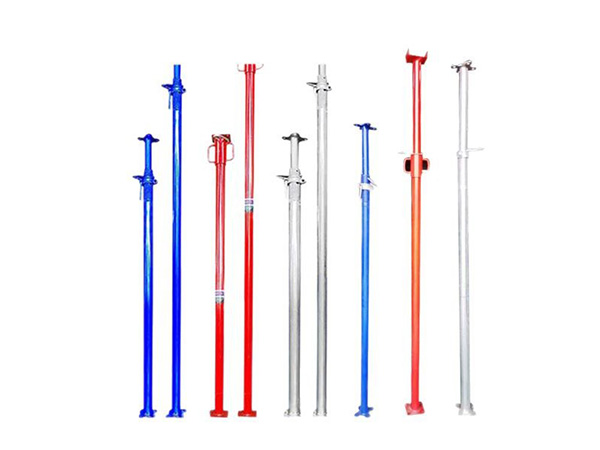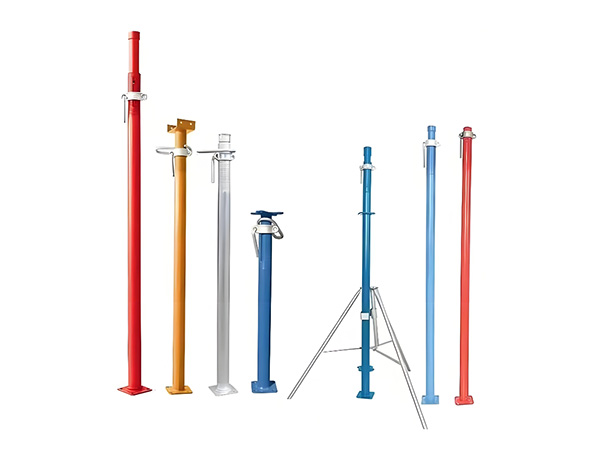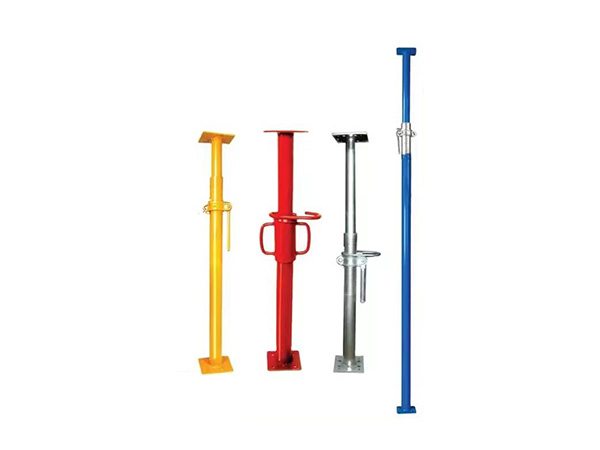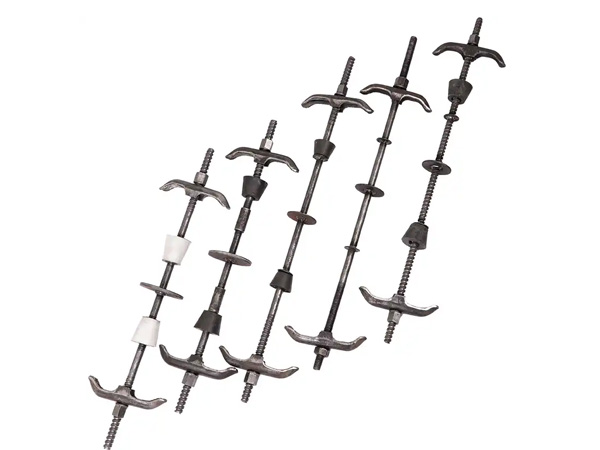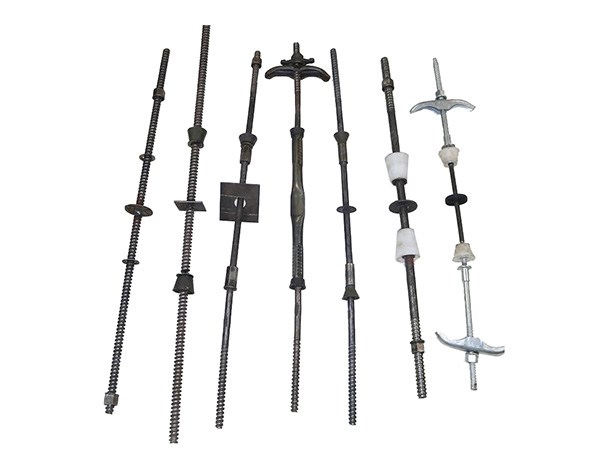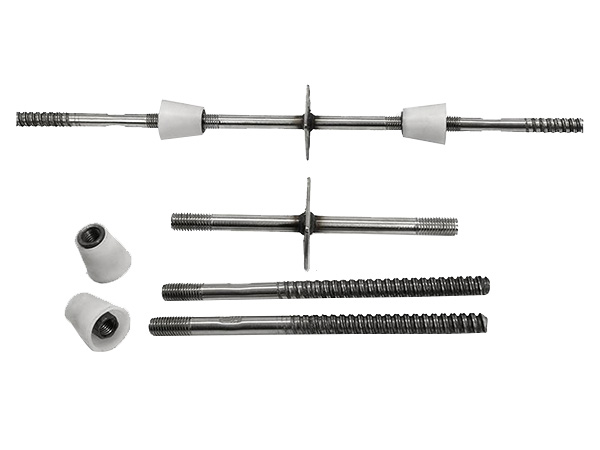- Site Navigation -
NEWS LIST
How to Prevent Corrosion in Steel Supports?
Author:yicheng Date:2025-09-03 18:08:05 Hits:56
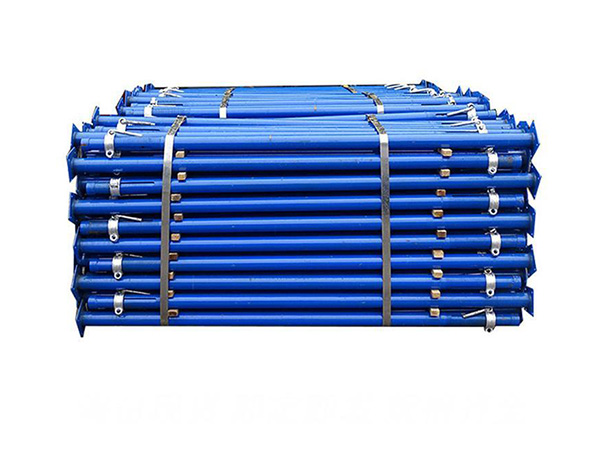
How to Prevent Corrosion in Steel Supports
Steel supports—critical for structures like bridges,high-rises,and industrial facilities—are highly susceptible to corrosion,a process where iron in steel reacts with oxygen and moisture to form rust.Corrosion weakens load-bearing capacity,shortens service life,and increases maintenance costs.Preventing it requires a combination of material selection,surface protection,environmental control,and regular maintenance,tailored to the structure’s location(e.g.,coastal,industrial,or inland)and exposure conditions.Below is a detailed breakdown of effective strategies:
1.Select Corrosion-Resistant Steel Alloys
Choosing steel with inherent resistance to corrosion eliminates or reduces reliance on external coatings,making it ideal for harsh environments(e.g.,coastal areas with salt spray,industrial zones with chemicals).
Stainless Steel:Contains chromium(≥10.5%)and often nickel,which forms a passive,self-healing oxide layer on the surface that blocks oxygen and moisture.
Applications:Suitable for steel supports in marine bridges,chemical plants,or urban structures with high air pollution.Common grades include 304(general use)and 316(higher corrosion resistance,ideal for saltwater).
Limitation:Higher cost than carbon steel,so it is often used for critical components(e.g.,bridge cable anchors)rather than full support frames.
Weathering Steel(Corten Steel):Alloyed with copper,chromium,and nickel,it forms a dense,adherent rust layer(patina)over time that slows further corrosion.
Applications:Inland bridges,building columns,and outdoor industrial supports(e.g.,power plant frameworks).It avoids the need for repainting but requires proper drainage to prevent trapped moisture.
Caution:Not suitable for coastal areas—saltwater breaks down the patina,accelerating corrosion.
Galvanized Steel:Carbon steel coated with a layer of zinc(via hot-dip galvanizing or electroplating).Zinc acts as a"sacrificial anode,"corroding itself instead of the steel.
Applications:Lightweight steel supports(e.g.,scaffolding,secondary beams)and components in humid environments(e.g.,warehouse mezzanines).The zinc layer typically lasts 20–50 years,depending on exposure.
2.Apply Protective Coatings
For standard carbon steel supports(the most widely used due to cost-effectiveness),protective coatings act as a physical barrier between steel and corrosive elements.The choice of coating depends on environmental exposure and maintenance frequency.
A.Paint Coatings
Multi-layer paint systems are the most common for large steel supports(e.g.,bridge girders,high-rise columns).They require thorough surface preparation(to remove rust,oil,or dirt)to ensure adhesion.
Primers:The first layer,designed to bond to steel and prevent early corrosion.Common types include:
Zinc-Rich Primers:Contain zinc particles(≥85%by weight)for sacrificial protection;ideal for high-humidity areas.
Epoxy Primers:Chemical-resistant and durable,used in industrial zones with acid or chemical fumes.
Intermediate Coats:Add thickness to the barrier and improve adhesion between primer and topcoat.Epoxy or polyurethane intermediates are typical.
Topcoats:Provide UV resistance,color,and final protection.Options include:
Polyurethane Topcoats:Flexible,weather-resistant,and suitable for outdoor supports(e.g.,bridge beams).They resist fading and cracking from sunlight.
Alkyd Topcoats:Cost-effective for indoor supports(e.g.,office building columns)but less durable outdoors.
B.Thermal Spray Coatings
For supports exposed to extreme conditions(e.g.,high temperatures,saltwater),thermal spray coatings(also called"metalizing")offer superior durability:
Process:Molten zinc,aluminum,or alloy is sprayed onto cleaned steel surfaces,forming a thick(100–300μm),porous layer.A sealant(e.g.,epoxy)is often applied to fill pores.
Advantages:Resists chipping and peeling(unlike paint)and lasts 30–60 years.Used for bridge pylons,offshore platform supports,and power plant steel frames.
3.Implement Cathodic Protection
Cathodic protection is an electrochemical method used for steel supports in submerged or buried environments(e.g.,bridge piers in rivers,underground columns for subway stations),where coatings alone may fail.
Sacrificial Anode Cathodic Protection(SACP):Attaches a more reactive metal(e.g.,zinc,magnesium)to the steel support.The anode corrodes,releasing electrons that flow to the steel,preventing it from rusting.
Applications:Small submerged components(e.g.,bridge pier footings).Anodes are replaced every 5–10 years during maintenance.
Impressed Current Cathodic Protection(ICCP):Uses an external power source to supply a small electric current to the steel support,making it a"cathode"(non-corroding).
Applications:Large structures like bridge piers,offshore oil rig supports,or long underground steel beams.It requires monitoring(via sensors)to adjust current levels and avoid overprotection(which can damage concrete foundations).
4.Optimize Design for Corrosion Resistance
Poor design can trap moisture,dirt,or salt—accelerating corrosion even with quality materials or coatings.Key design adjustments include:
Avoid Trapped Moisture:
Add drainage holes to hollow steel supports(e.g.,square tubes,pipe columns)to prevent water accumulation inside.
Design support connections(e.g.,beam-column joints)with sloped surfaces instead of flat recesses,so rainwater or dew runs off.
Minimize Crevices:
Weld or seal gaps between steel components(e.g.,between a base plate and foundation)to prevent dirt and moisture from accumulating in crevices(a common site for"crevice corrosion").
Use bolted connections with washers and sealants(e.g.,silicone)to fill gaps between nuts and steel surfaces.
Isolate Steel from Corrosive Materials:
Separate steel supports from concrete with a corrosion-resistant barrier(e.g.,plastic or rubber pads)to prevent"galvanic corrosion"(a reaction between dissimilar metals/materials in the presence of moisture).
In industrial areas,add shields around steel supports to block chemical splashes or dust.
5.Conduct Regular Inspection and Maintenance
Even the most robust corrosion prevention systems degrade over time—regular checks and upkeep are critical to extend the life of steel supports.
Inspection Frequency:
Coastal/Industrial Areas:Inspect every 1–2 years(salt and chemicals accelerate degradation).
Inland Areas:Inspect every 3–5 years.
Inspection Methods:
Visual Checks:Look for rust,peeling coatings,or water stains(especially at joints and low points).
Non-Destructive Testing(NDT):Use tools like ultrasonic thickness gauges(to measure coating wear)or magnetic particle testing(to detect hidden rust in welds).
Environmental Monitoring:Test for salt levels in air(coastal)or chemical concentrations(industrial)to adjust maintenance plans.
Maintenance Actions:
Touch up chipped or rusted coatings with matching primer and topcoat.
Replace worn sacrificial anodes(for SACP systems).
Clean steel supports with low-pressure water(avoid high-pressure washing,which can damage coatings)to remove salt,dirt,or industrial debris.
6.Control the Local Environment
For indoor steel supports(e.g.,in factories,swimming pools,or parking garages),controlling humidity and corrosive agents directly reduces corrosion risk:
Dehumidification:Install dehumidifiers in enclosed spaces with high humidity(e.g.,indoor swimming pool support beams)to keep relative humidity below 60%(the threshold for rapid rust formation).
Ventilation:Improve airflow in industrial facilities to remove chemical fumes(e.g.,from welding or painting)that can react with steel.
Corrosion Inhibitors:Add chemical inhibitors(e.g.,sodium nitrite)to water systems(e.g.,cooling water for power plant steel supports)to slow electrochemical reactions.
By combining these strategies—matching material to environment,using durable coatings,optimizing design,and maintaining regularly—steel supports can resist corrosion for 50–100 years,ensuring structural safety and reducing lifecycle costs.The priority is to assess the specific exposure risks(e.g.,salt,humidity,chemicals)first,then tailor the prevention plan accordingly.







